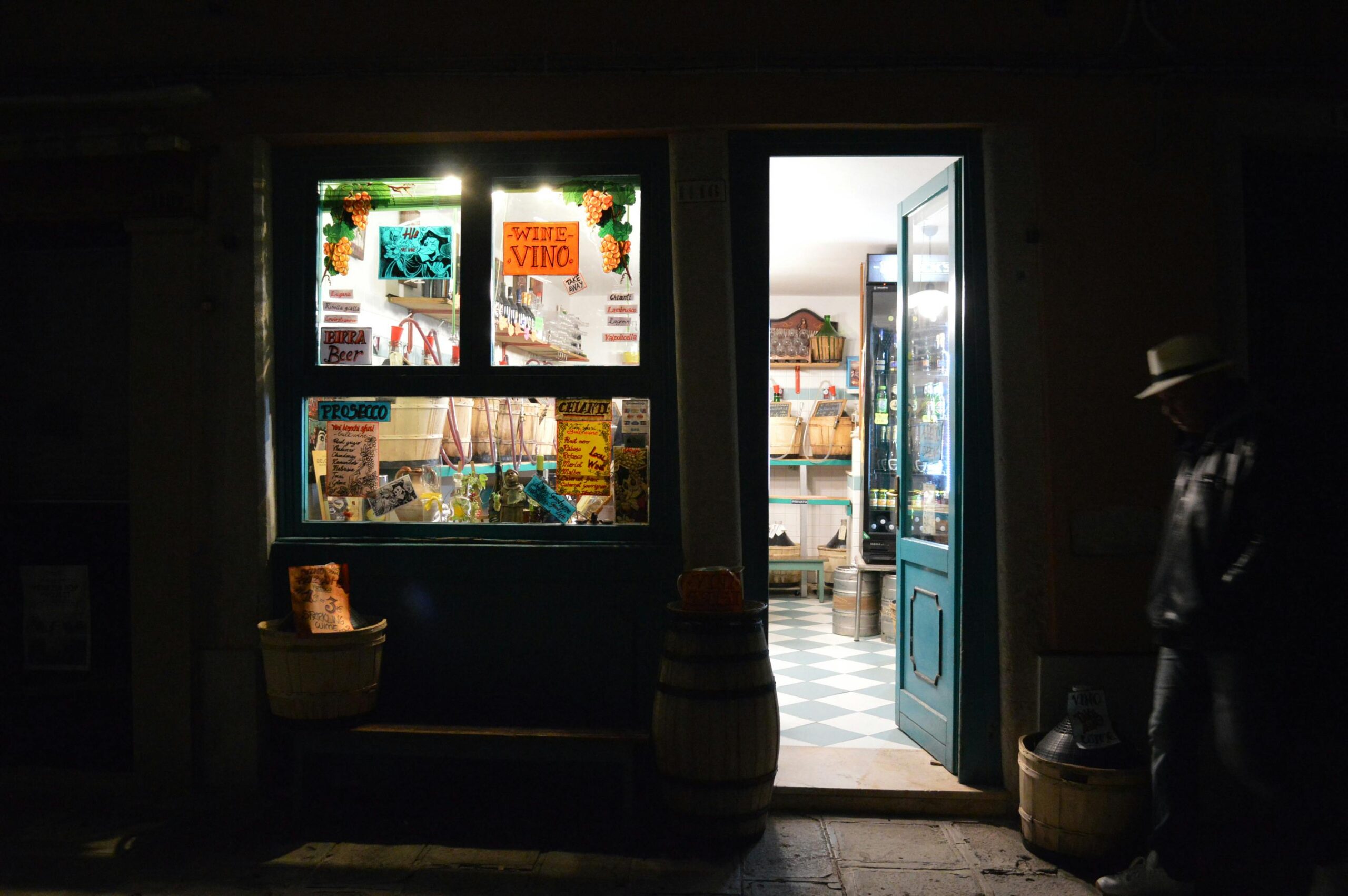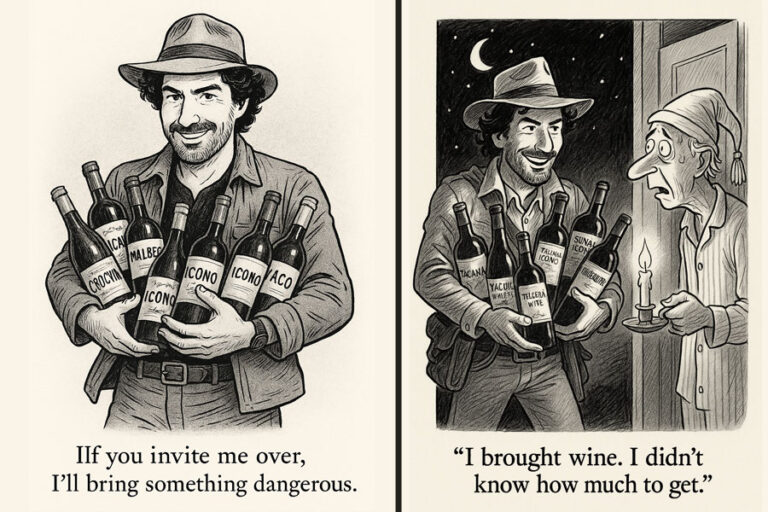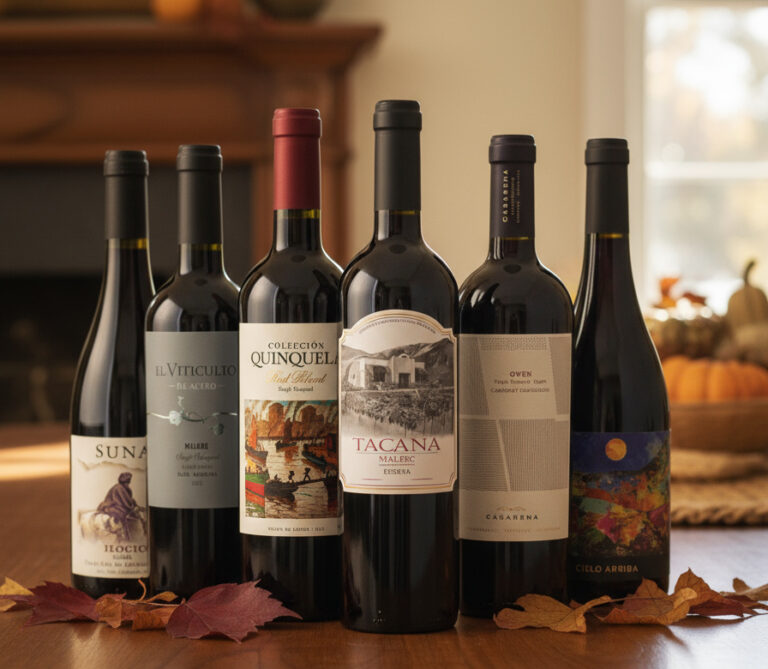A Report From Wine Explorer Diego Samper – What does “house wine” really mean?
Paris, France
Some of the best wines I’ve ever had were poured from chipped ceramic carafes. No label. No cork. No story.
Just set down at the table – quietly, like bread.
You’d never find them on a wine list. You couldn’t pronounce them if you tried. And that’s the point.
Because in parts of Europe – places where kids still run barefoot through courtyards and café chairs scrape against cobblestones – house wine works differently. It doesn’t mean “cheap.” It means “known.”
As in: known by the person who grew the grapes, who crushed them, who tasted the ferment by hand. Maybe it started as something they made just for family. Then a neighbor came by. Then a cousin. Then someone asked to buy a jug.
It grew the way real things grow – slowly, and close to home.
There’s no design brief. No marketing meeting. Just wine that’s local and alive, poured without fuss, without fanfare.
A house wine in Europe is like asking a taxi driver in Buenos Aires how the country’s doing. You won’t get spin. You’ll get something raw, a little unpredictable… and probably more honest than you were expecting.
That’s the soul of it.
Now fly across the ocean.
Order the house red at most restaurants in the U.S. and you’ll get something engineered. A liquid built for shelf stability, not soul. It’s designed to hit a price point and offend no one. Which usually means it moves no one, either.
And look, not every house wine in America is bad – there are gems out there, especially in places that care about sourcing. But most? Most are built to survive a supply chain, not to move you.
Here’s what most people don’t realize: if you’re paying $9 for a bottle, the wine inside likely cost $1 or less to make.
That includes the cork. The bottle. The label. The capsule.
That means $8 went to glass, trucking, warehousing, branding, distribution, and margin stacking.
So ask yourself: what’s left for grapes? For farming? For flavor?
There’s a reason some of those wines leave you foggy the next morning. They’re not made to nourish. They’re made to perform.
And that’s exactly what we set out to challenge.
When we started growing wine in Salta – at the edge of the desert, 8,000 feet up – we had no illusions about the industry. We saw the tricks. The shortcuts. The “exclusive” bottlings that weren’t so exclusive. The wineries chasing fashion instead of flavor.
So we built this club to be different.
We don’t buy by the container. We don’t chase scores. We don’t pander to hype.
We chase something else: hand-harvested grapes. Ancient soils. Wines that carry the fingerprint of a place – and of the people who still farm it by feel.
But there’s a tradeoff.
We don’t ship like Amazon. Especially not in the summer.
If you’ve got wine coming soon, this part’s for you:
Yes, we’re watching the heat maps. Yes, we’re holding shipments when it’s too hot. No, it’s not because we’re slow. It’s because wine is fragile.
It’s not a blender. It’s not a power drill. It’s alive.
Heat can cook it. Vibration can bruise it. Rush can ruin it.
So no, we won’t gamble with it just to shave two days off the ETA.
But if you need your wine sooner – just reply to this email.
We’ll help you upgrade to 2-day shipping with cold packs for $19.99. If you would prefer not to pay extra, we can hold on to the wines for you at our temperature controlled warehouse until the weather cools.
No bots. No hidden fees. Just a real human making sure your bottles arrive like they should.
Because when the wine’s worth it… so is the wait.
So next time a waiter offers you the house red, ask one question:
“Where’s it from?”
If they don’t know, you probably do.
– Diego




